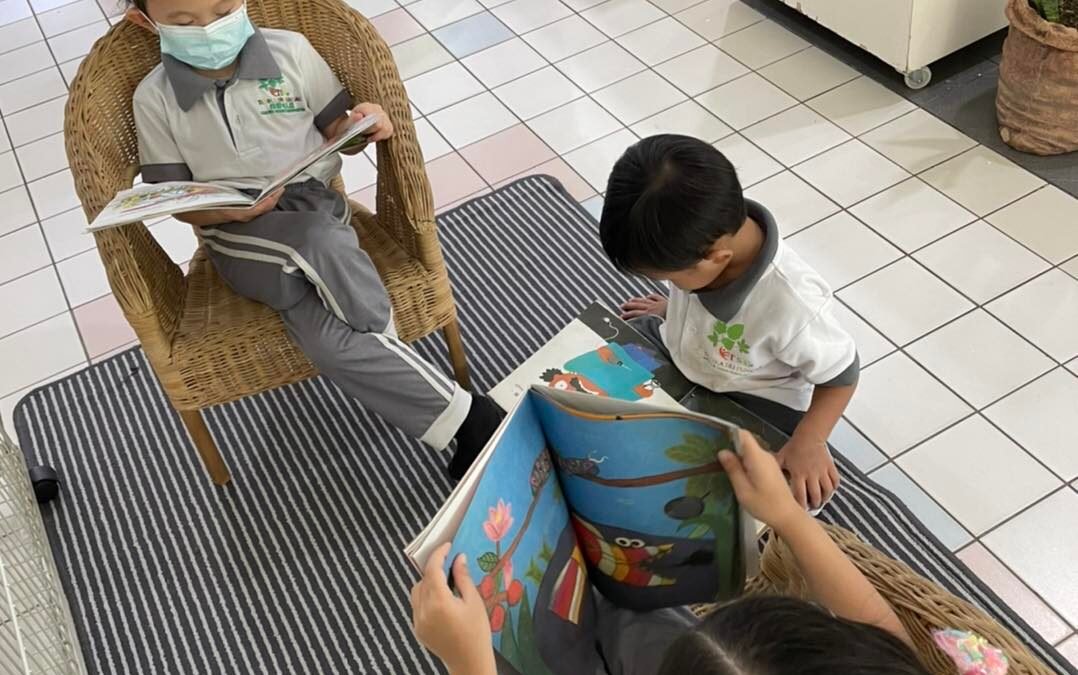
Reading: A Soothing Voyage Through Words and Images
Reading goes beyond pointing the text to read out loud, it’s a calming and pleasant journey to know what a book is delivering through text and illustrations.

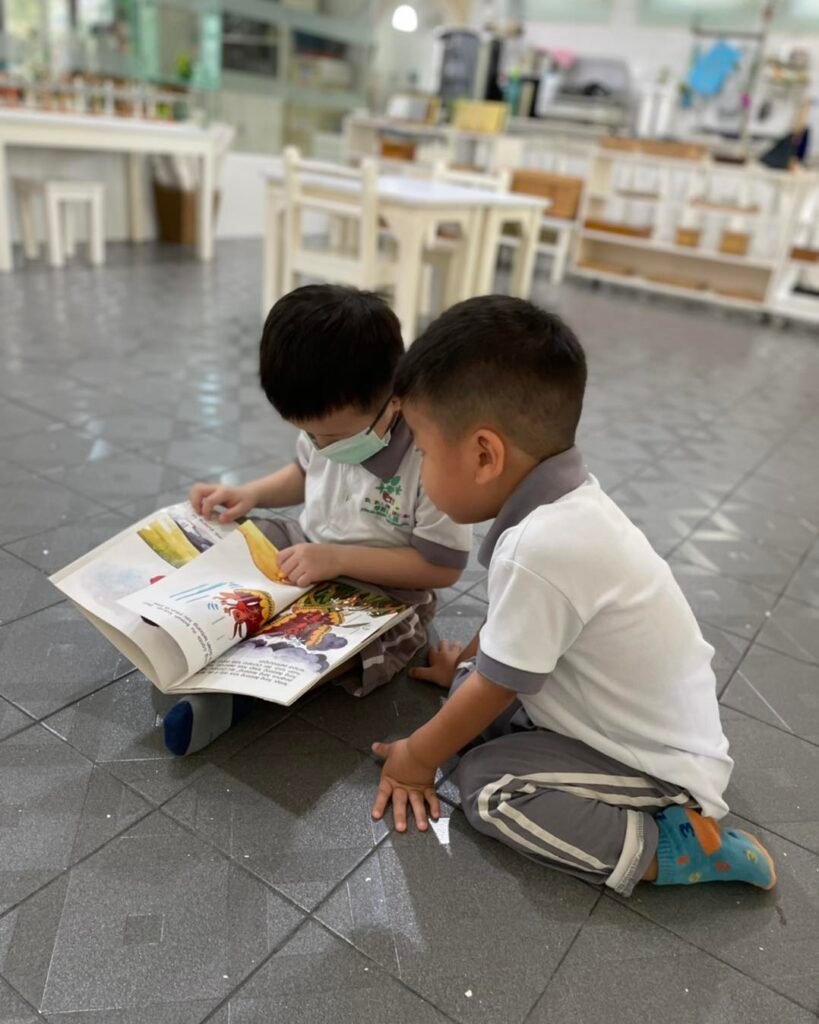
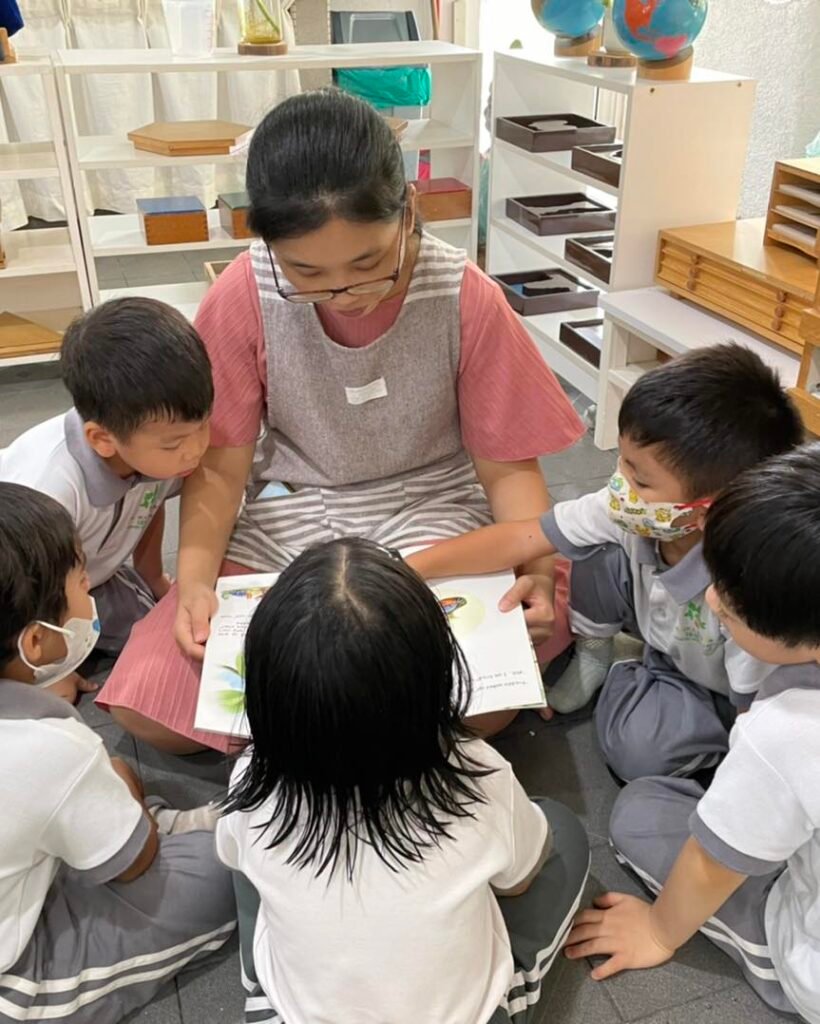

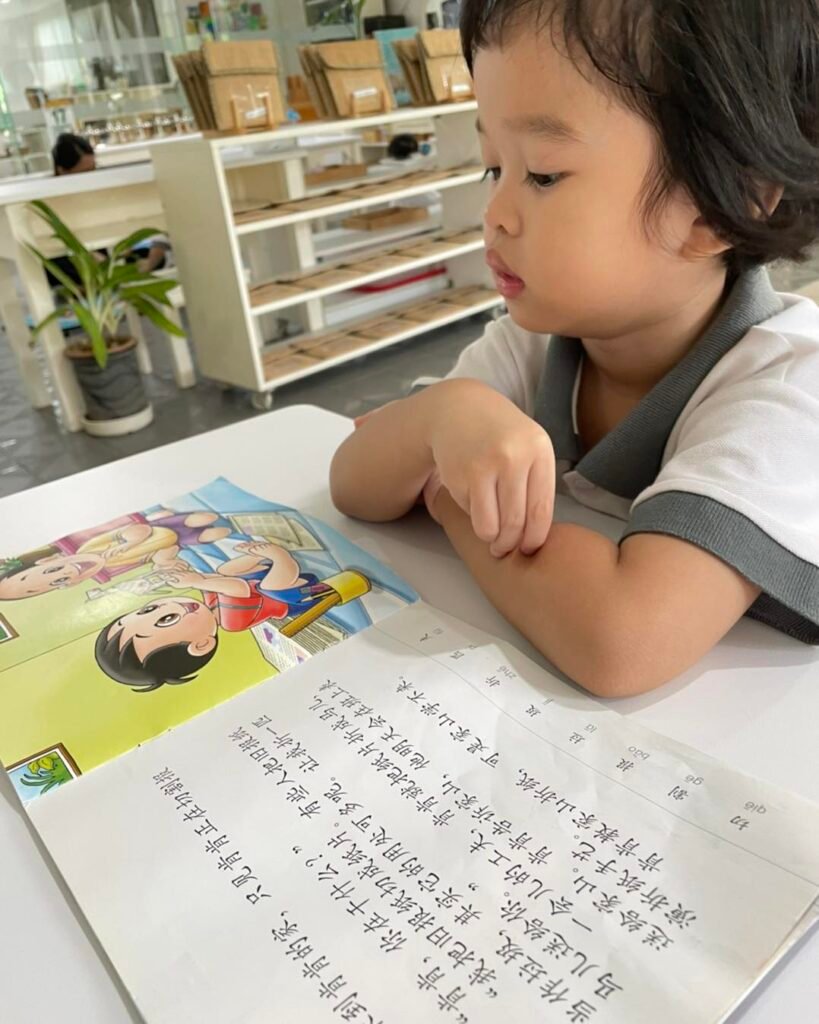


Reading goes beyond pointing the text to read out loud, it’s a calming and pleasant journey to know what a book is delivering through text and illustrations.






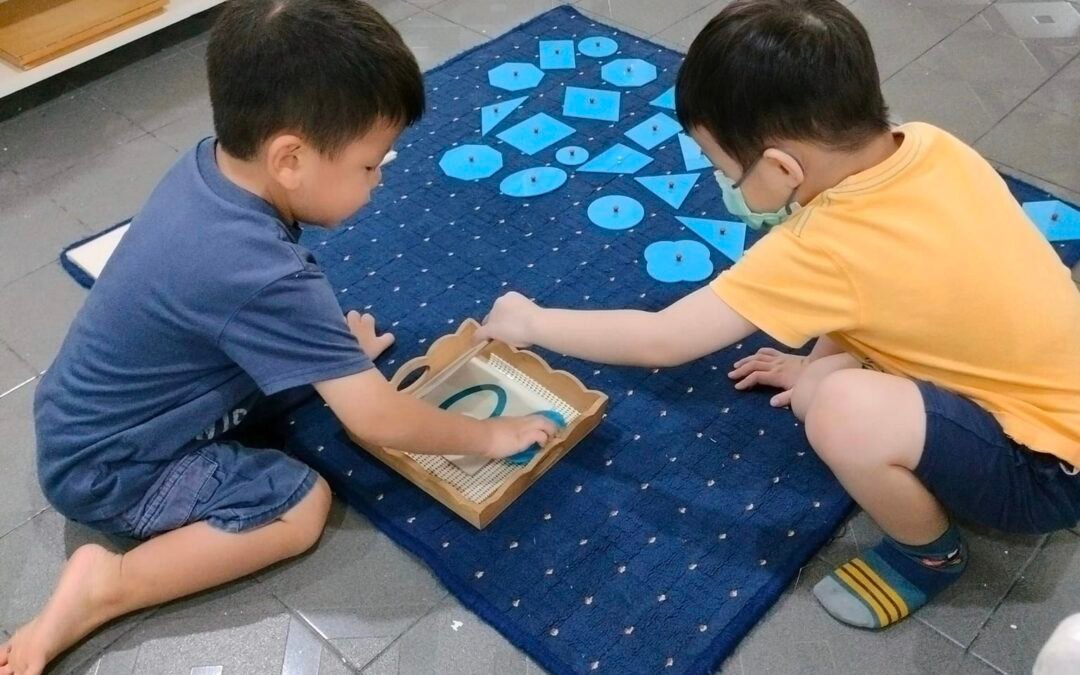
Harmony. There is a distinct sense of peace and harmony in the prepared environment. Students move carefully, define their work space, and respect each others work. The children instinctively work together to create a harmonious classroom community that is essential to learning, concentration, and exploration.
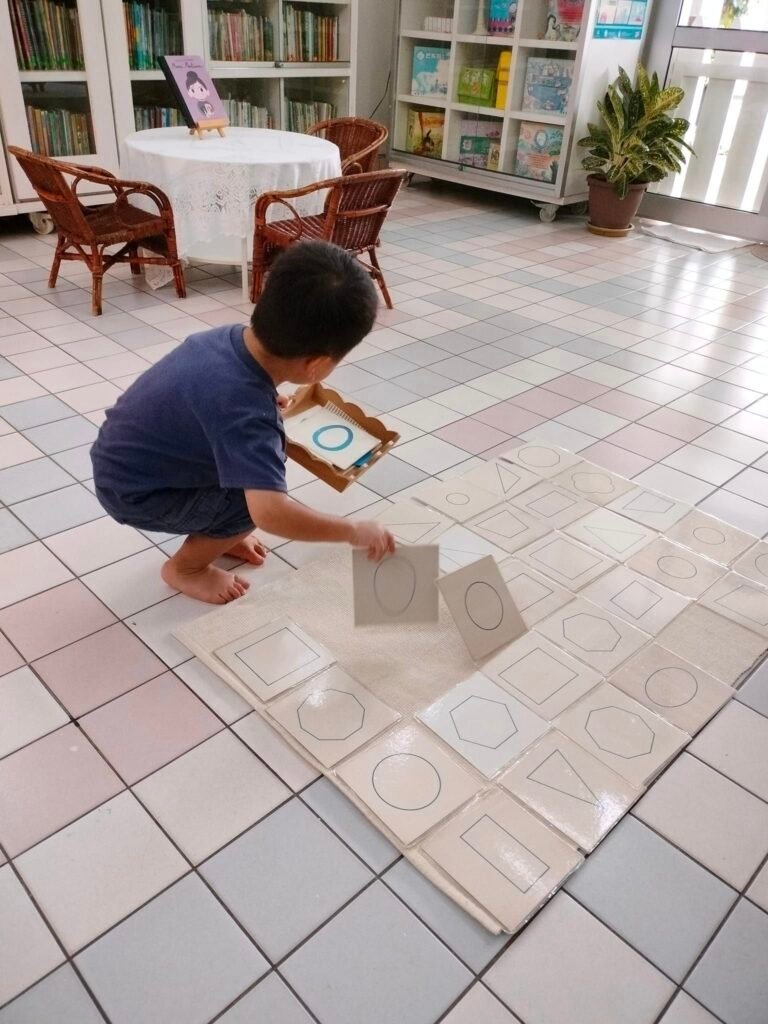





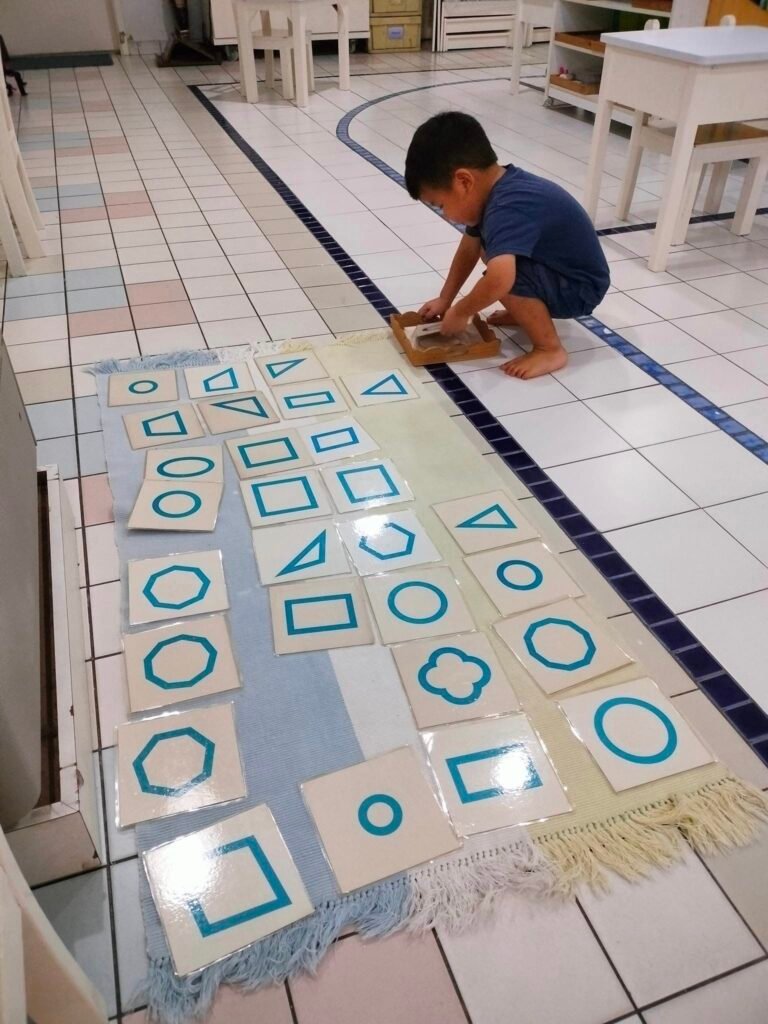
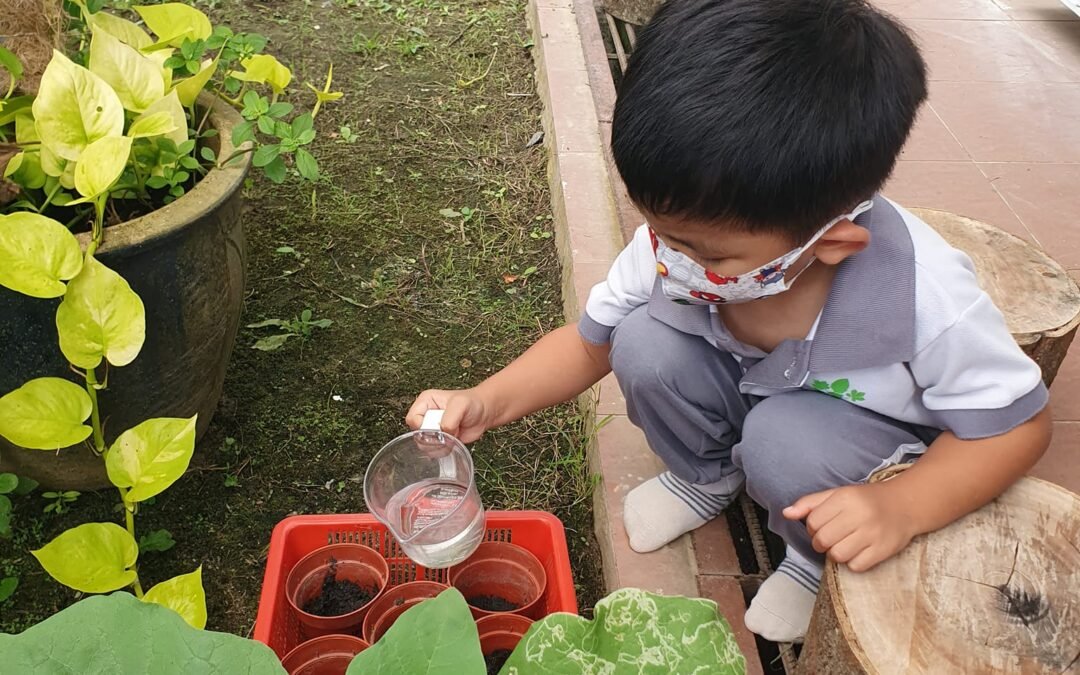
Children understand the satisfaction of caring for a plant and seeing it develop, as well as the feeling of achievement that comes with it.
They find meaning in their green pursuits and their classroom reflects this, teeming with green life and providing a peaceful, tranquil ambience.
Children will understand that care for plants not only adds visual value to their classroom but also improves their mental well-being by providing a quiet and attentive atmosphere.

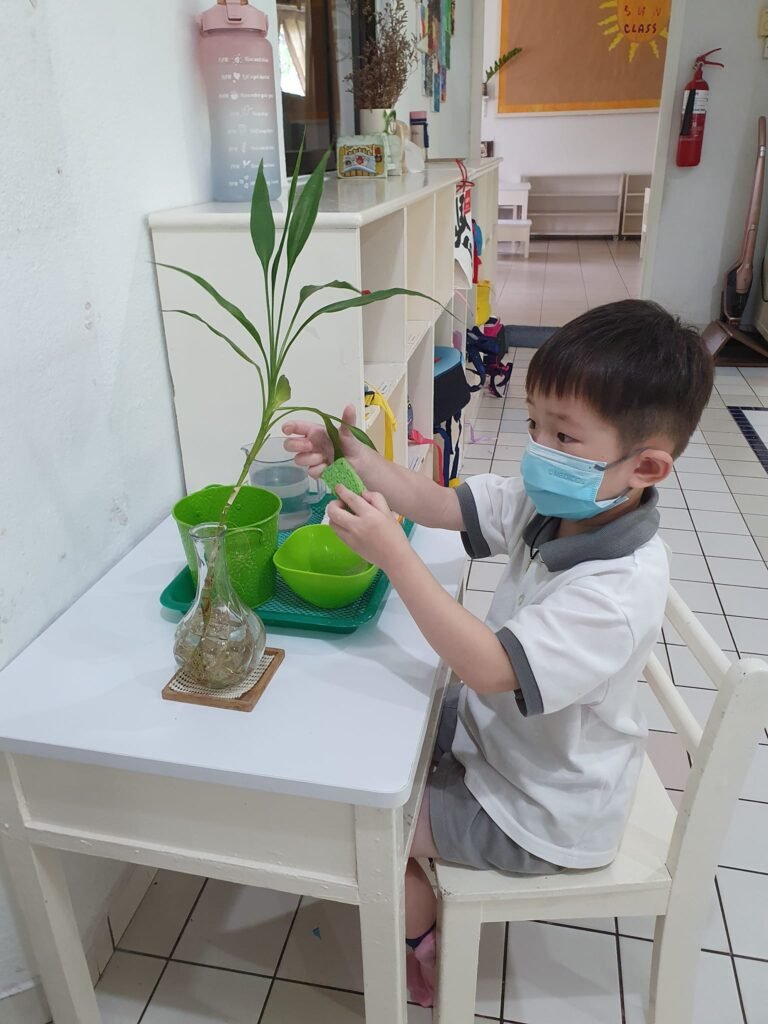
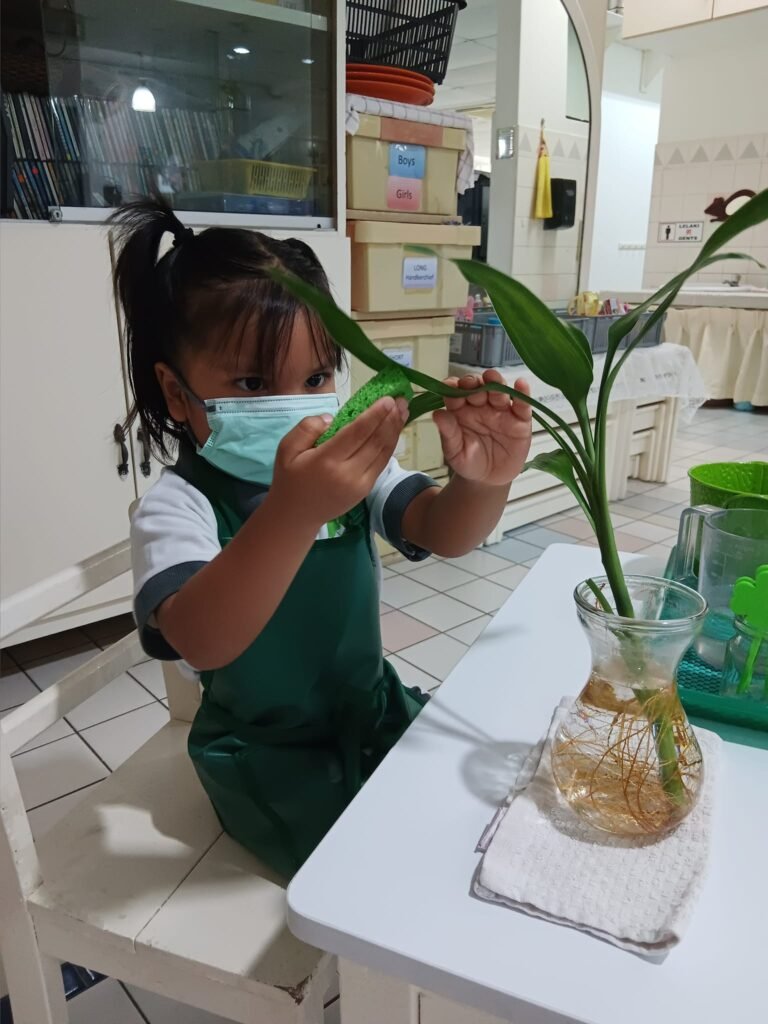
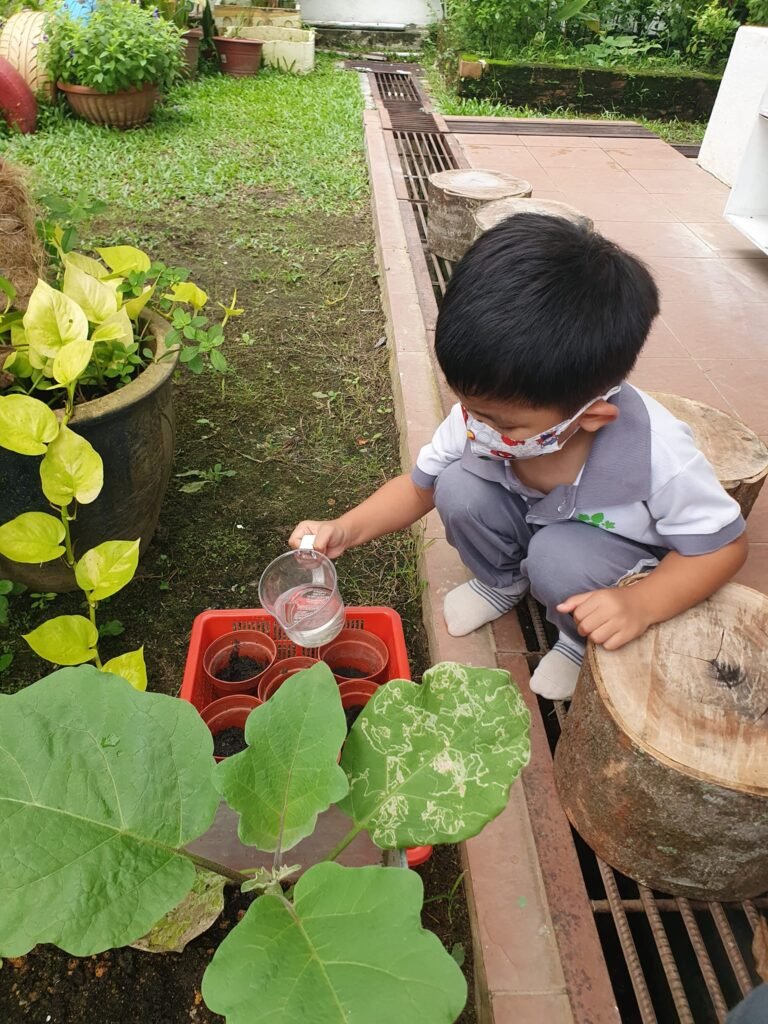
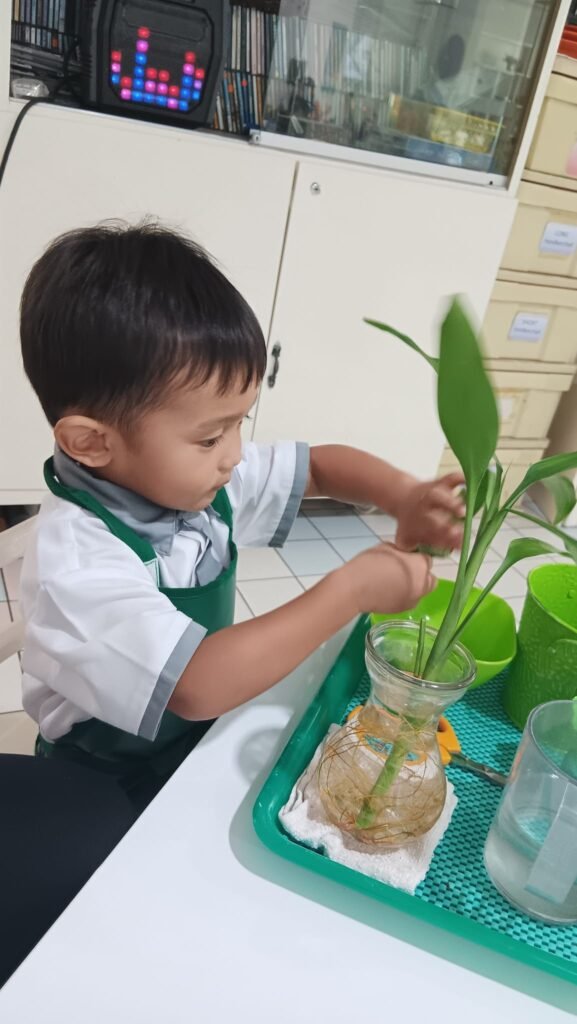

This system in which a child is constantly moving object; with his hands and actively exercising his senses, also takes into account a child’s special aptitude for mathematics. When they leave the material, the children very easily reach the point where they wish to write out the operation. They thus carry out an abstract mental operation and acquire a kind of natural and spontaneous inclination for mental calculations.
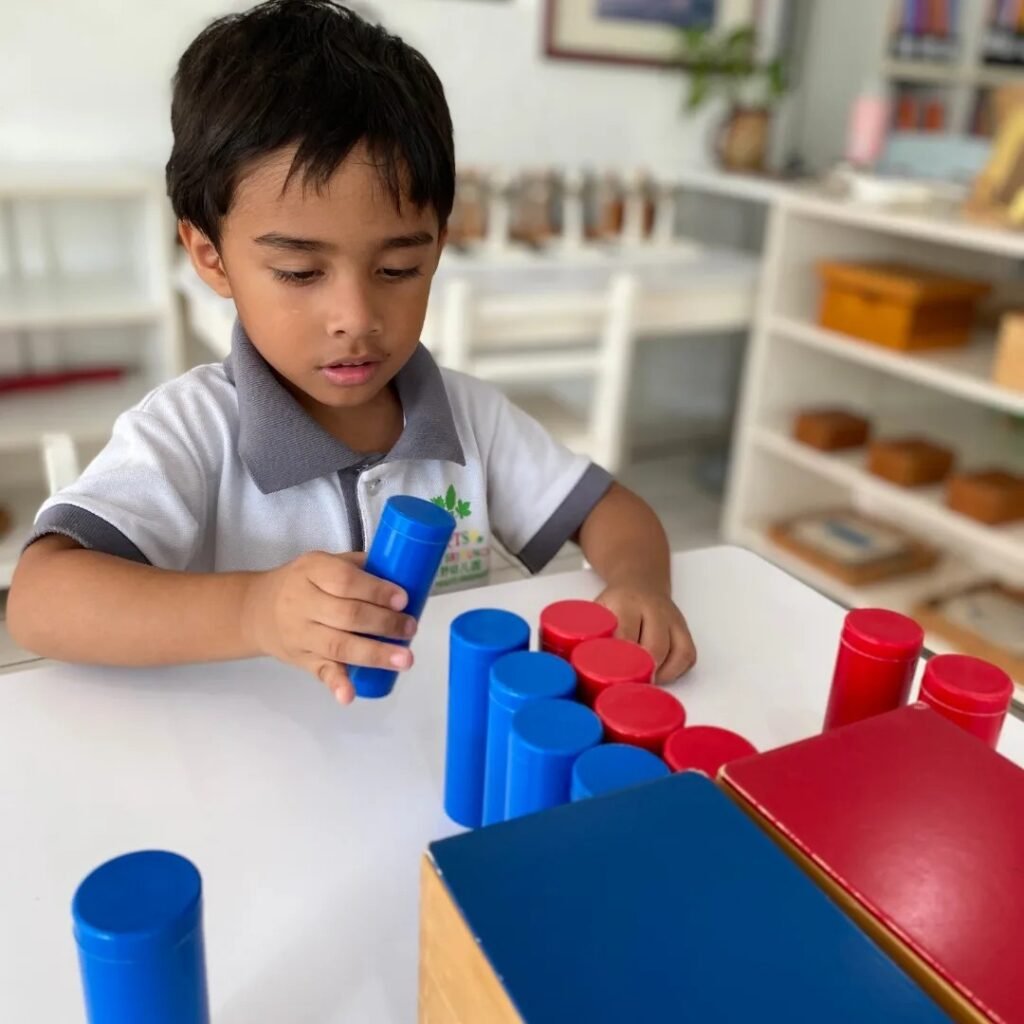
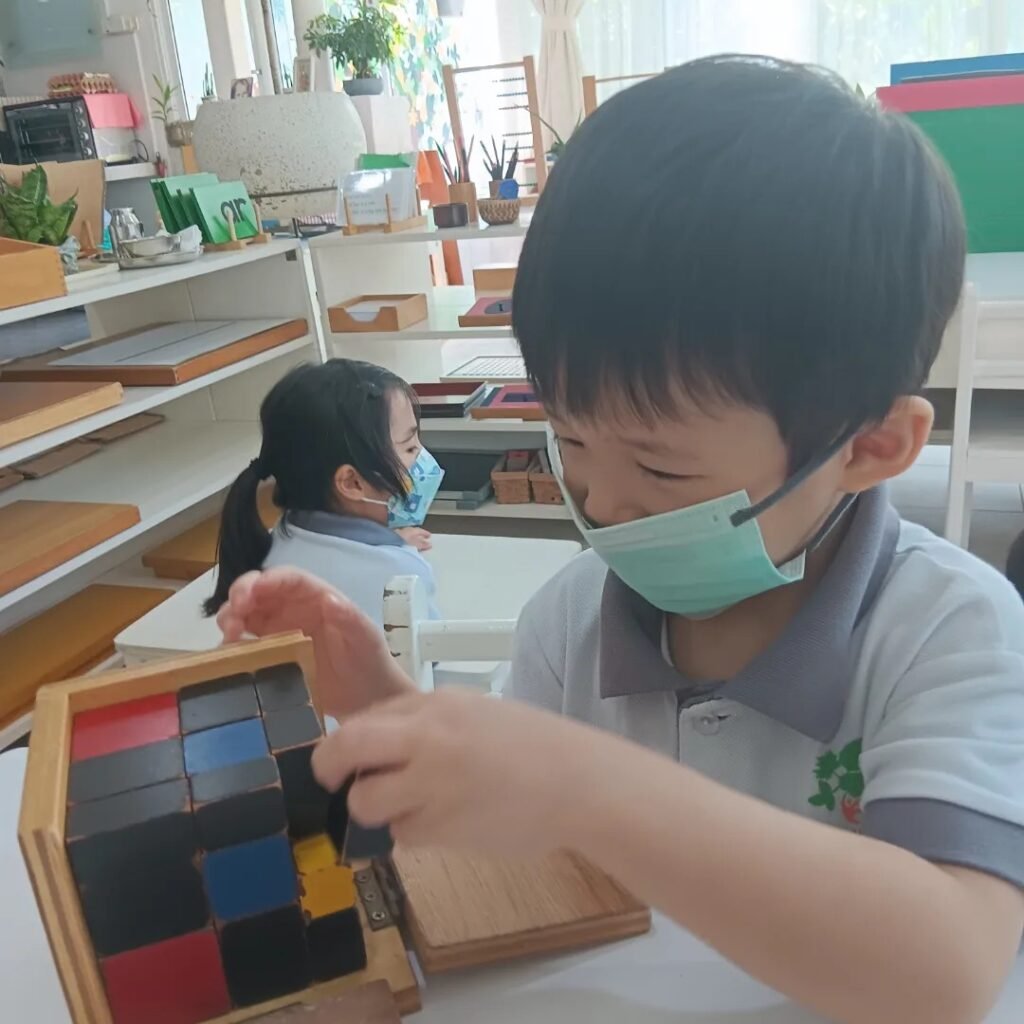





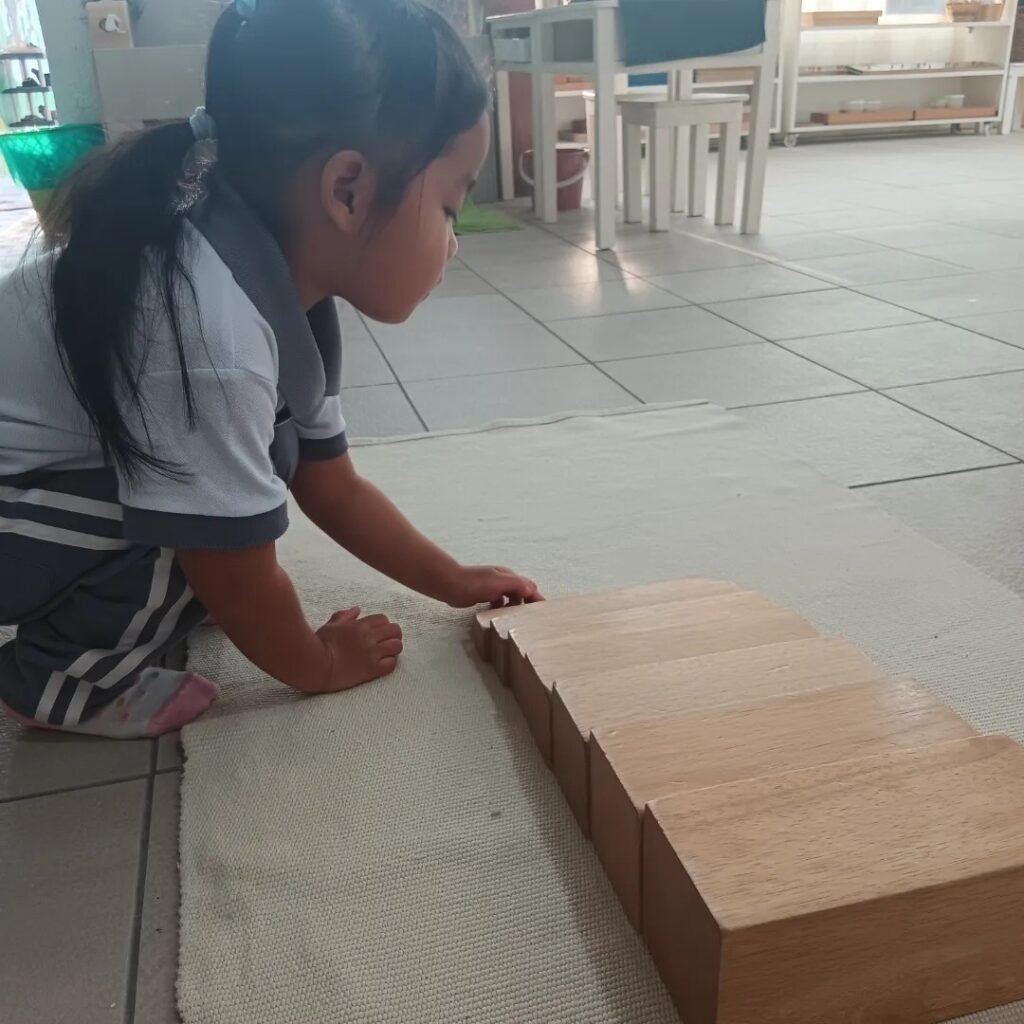
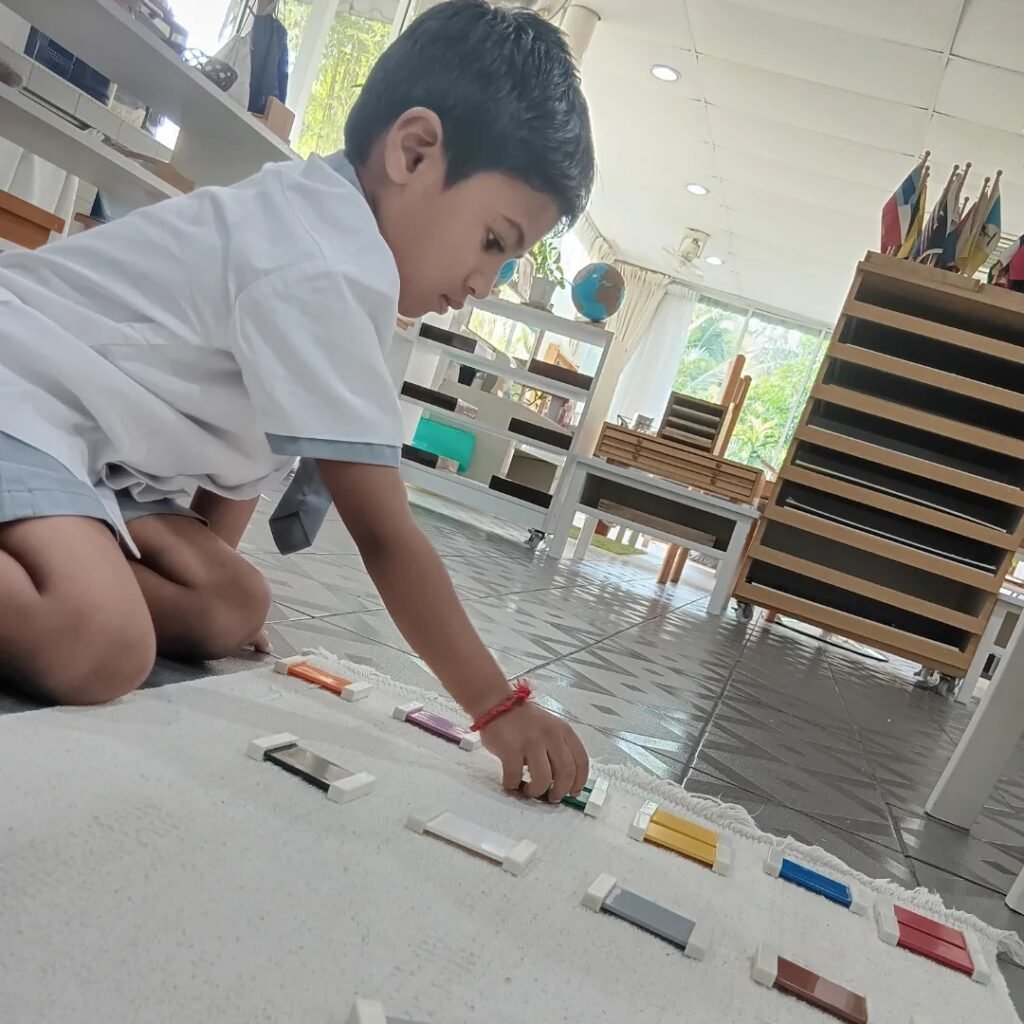
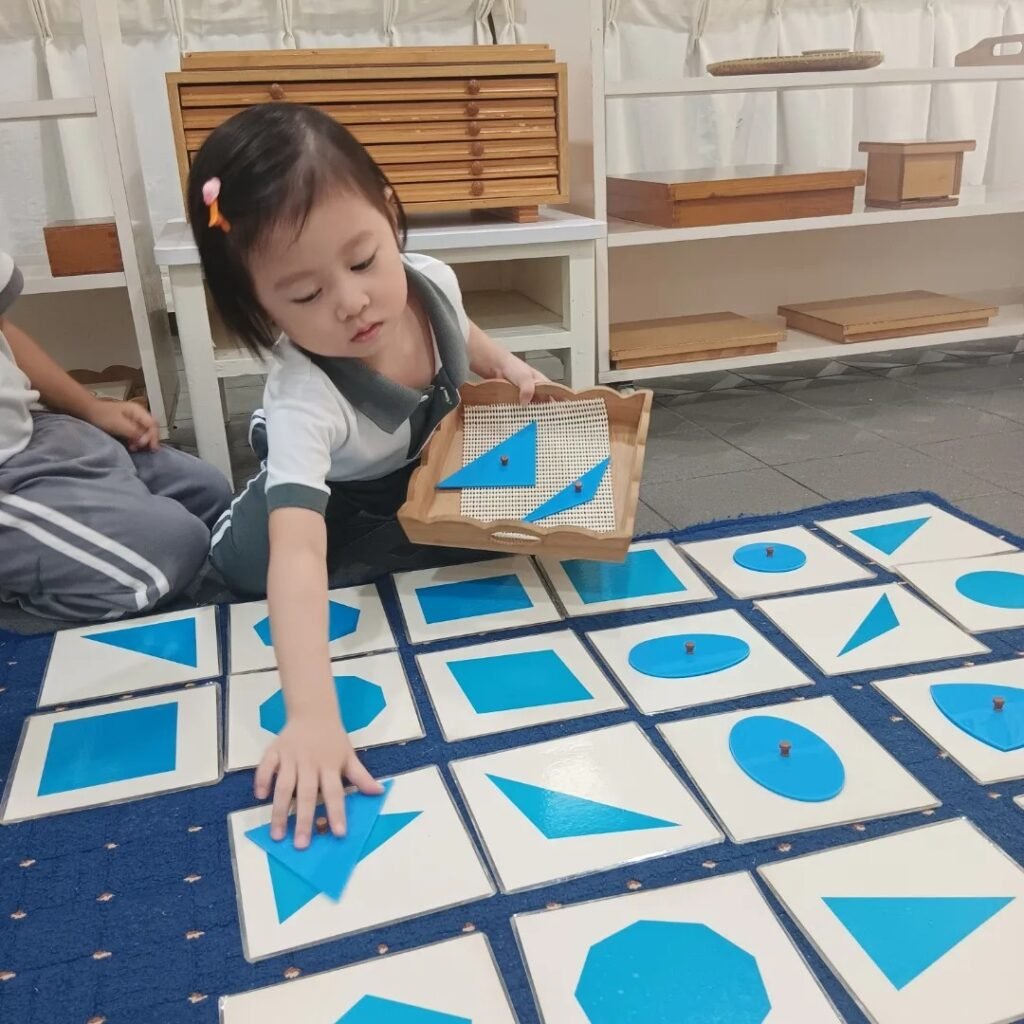
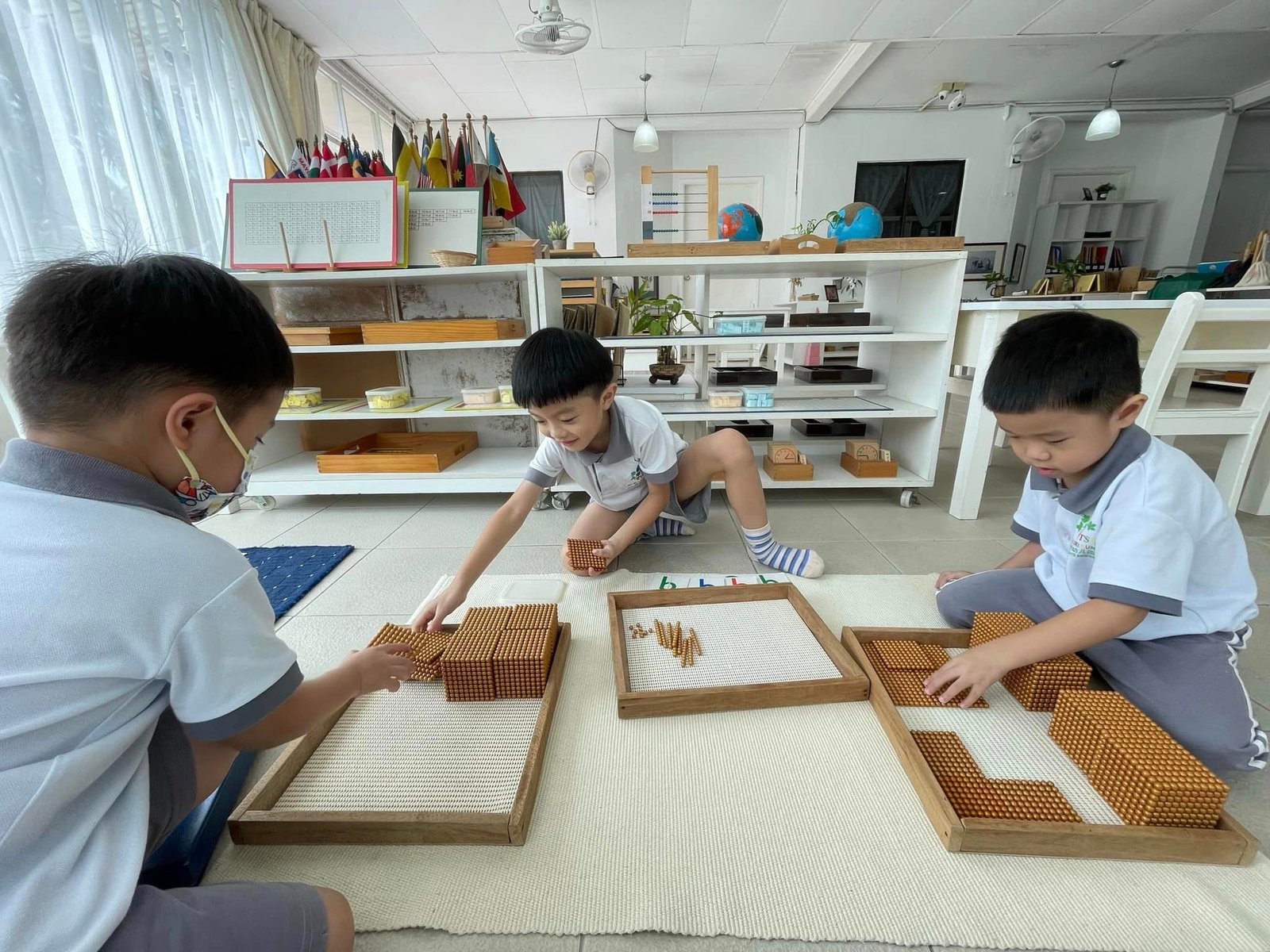
Are children able to learn in a mixed-age environment![]() ?
?
In Montessori, children of different ages learn together in the same classroom. This promotes collaboration, social skills, empathy, and the sharing of knowledge. Older children become mentors to younger ones, fostering a sense of community and mutual respect.
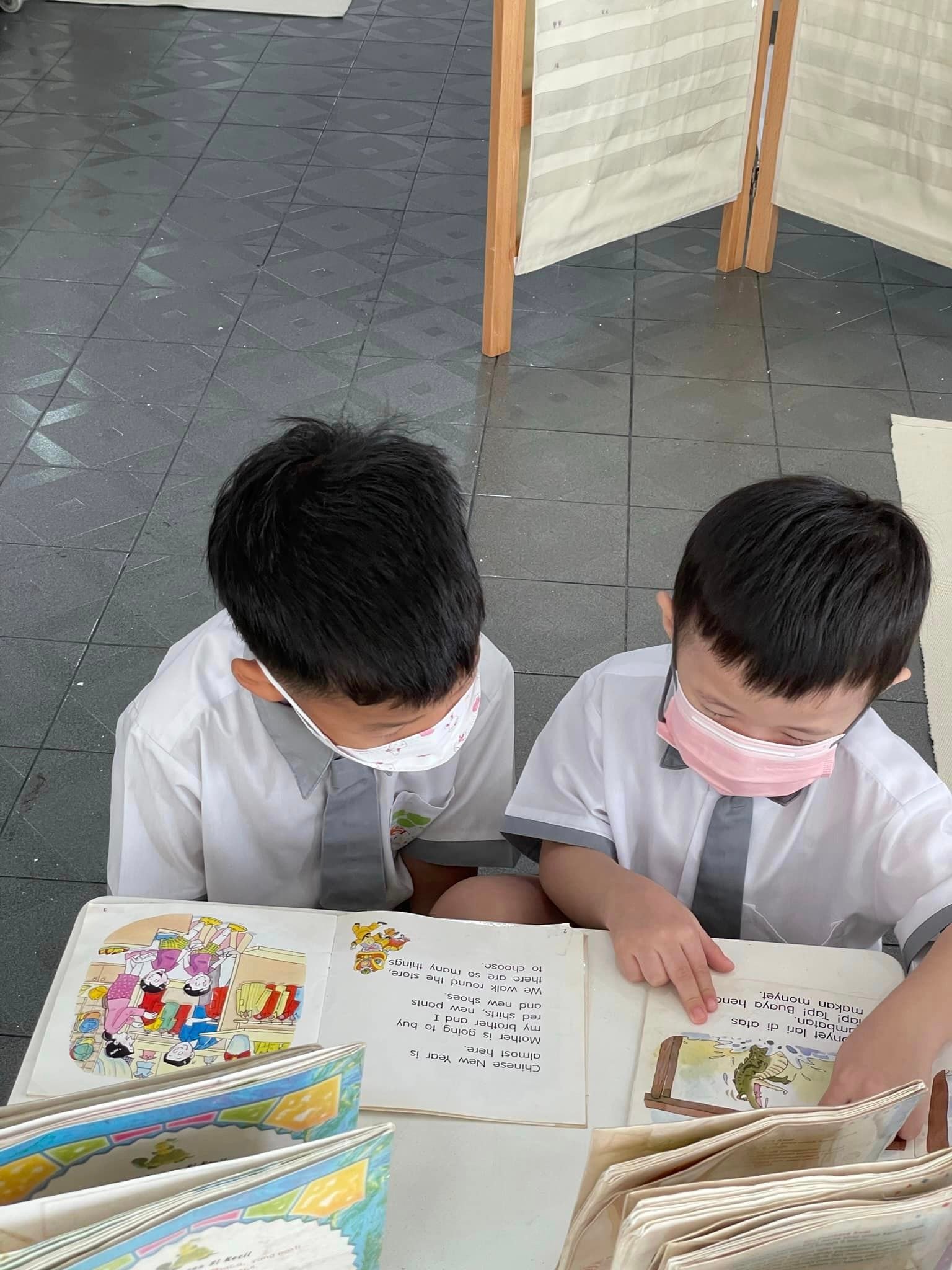
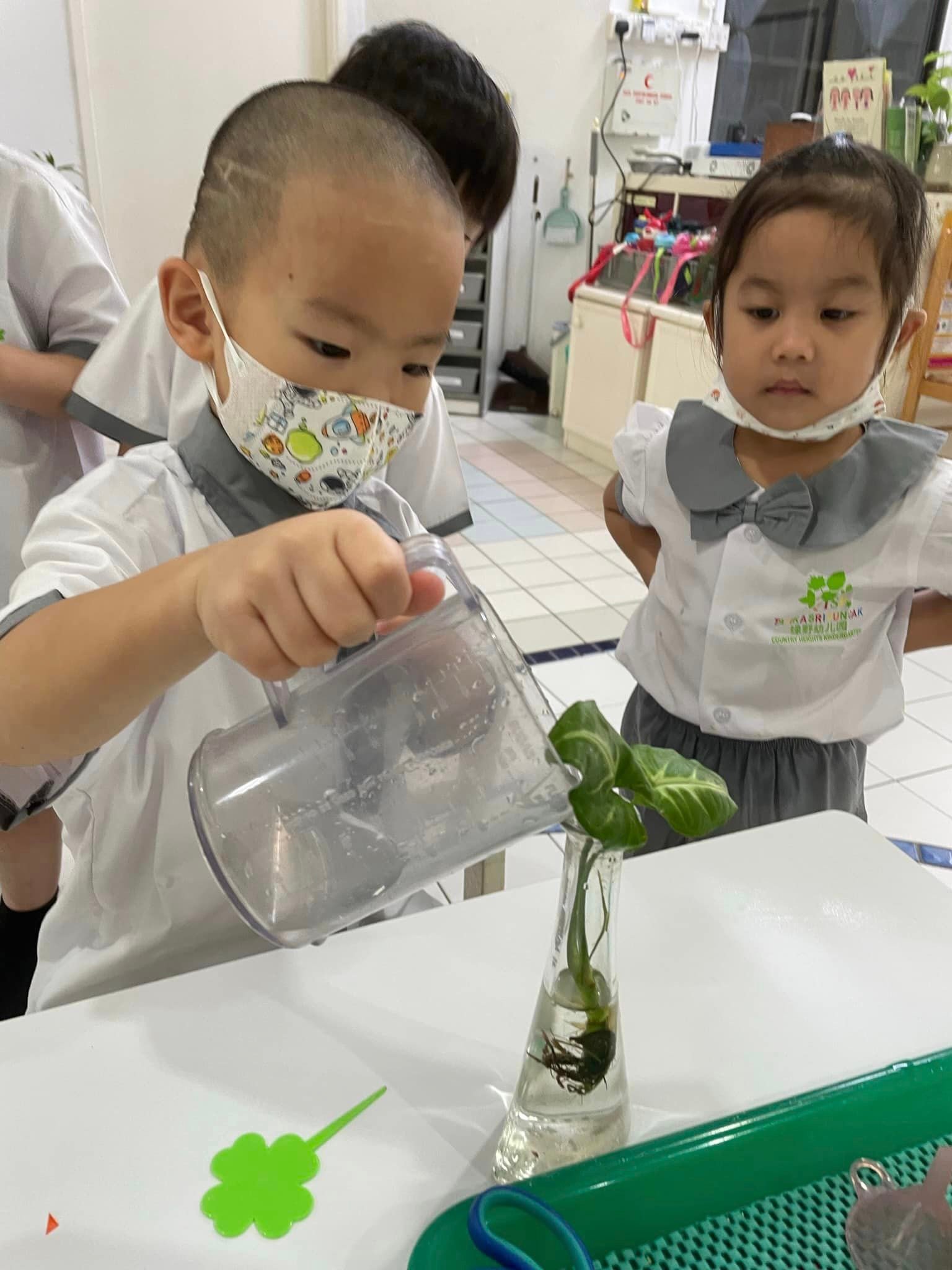


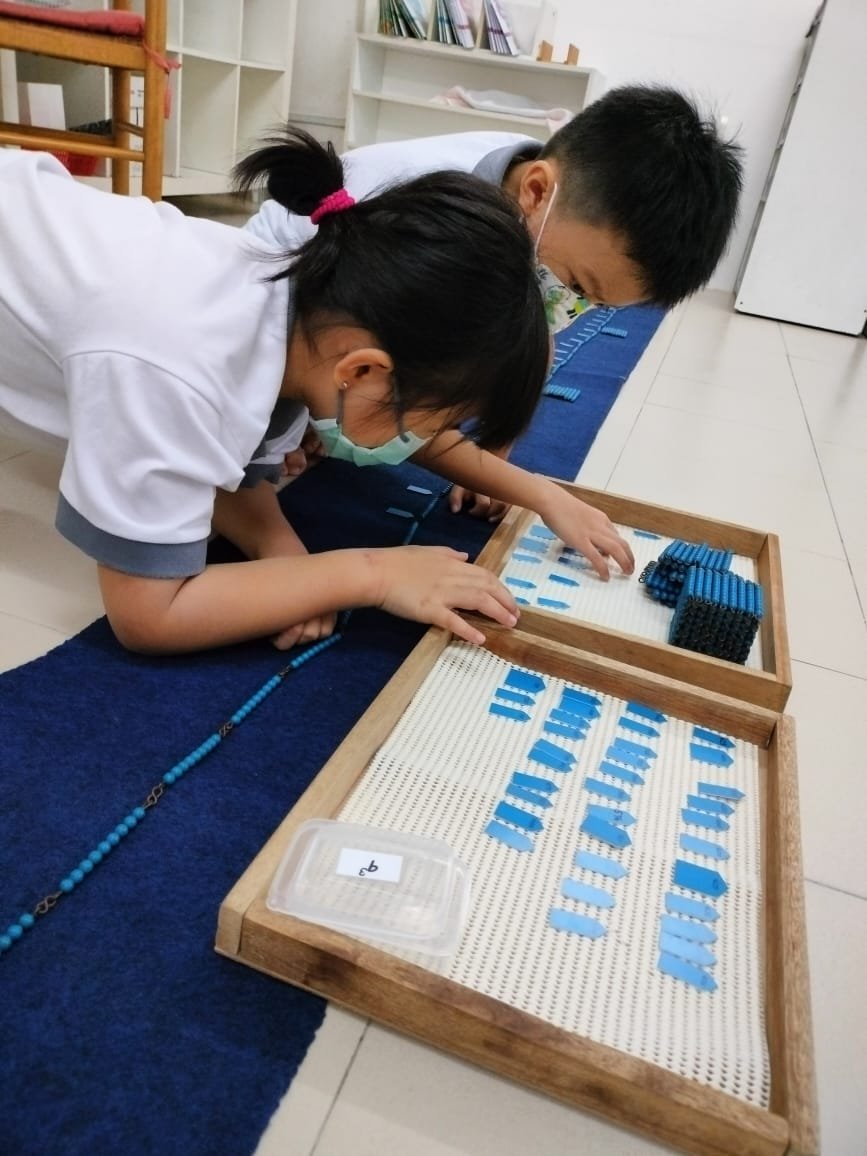
In Montessori, the bead chains are a math material for hands on learning. The purpose of the bead chains is to teach skip counting. However, the bead chains are also an indirect preparation for multiplication, understanding the squaring of numbers, and then understanding the cubing of numbers.

